Herbal Healing Salve Recipe

This herbal healing salve made of st john's wort infused oil and calendula oil heals wounds and soothes various skin conditions. Bumps, abrasions, cuts, or small wounds, there is nothing this miraculous and easy-to-make salve could not handle.
St. John’s wort (Hypericum perforatum) is a versatile herb and as its other name “Touch and heal” suggests it possesses excellent wound healing properties. This healing salve repairs cuts faster promotes stave off infection and helps nerves to regrow. It is a complex healing action thanks to which this healing balm became an essential component of a first aid kit.
“As an Amazon Associate, I earn from qualifying purchases.” Read full disclosure here.
best herbs for wound healing
When you want to make a healing salve, you need to search for herbs that serve your purpose. I selected st John’s wort (Hypericum perforatum) and calendula (Calendula officinalis) but there are other healing herbs that you can use instead. or combine with St John’s wort such as plantain (Plantago lanceolata) or arnica (Arnica montana).
best oil for infusing herbs
Once you are certain about your herb you need to decide which oil you want to use for the infusion.
There is a large selection of oils in the market so I usually look at their absorption rate and action I can benefit from. It is also advisable to take your skin type into consideration. I like to use grapeseed oil as it belongs to fast-absorbing oil, non greasy that is also a bit adstringent. Slow to absorb sunflower oil is on the other hand useful for easily irritated skin. For this project, however, I selected olive oil that is high in antioxidants, cleansing, and moisturizing.
harvesting st john's wort
You can harvest it from early to mid-summer. Search for yellow flowers with five petals that when you squiz between the fingers you will get dark red oil. It has perforated leaves with tiny dots that can be visible when you hold it up to the sun. That’s where its Latin name Hypericum perforatum comes from.
fresh or dry?
I usually suggest making infusion oil from dried herbs. Fresh herbs contain moisture that contribute to the oil becoming rancid thus, reducing its shelf life. There are exceptions and that is st. John’s wort. This healing and soothing herb is the most effective when used fresh. Here is a detailed description of how to make st. John’s wort oil, calendula oil or plantain oil.
RECIPE
ST. JOHN'S WORT OILINSTRUCTIONS
- Cut wilted or grind dried st. john's wort blossoms between your fingers to make them into small pieces
- Fill them in a sterilized glass jar
- Pour over extra virgin olive oil so all herbal material is covered completely
- Cover the jar and place it in the sun or in a warm place for 4 weeks.
- Then filter through a cheesecloth, squeeze out the rest,
- store the oil in dark bottles away from direct sunlight.
Adding essential oils
I like to add a few drops of essential oils in the healing salve to add a natural scent and enhance the salve with its powerful action. When it comes to healing salve I suggest to use any of these:
- Tea tree essential oil that has antibacterial and antiseptic properties and can help soothe the burning and redness and itchiness that often accompanies wounds and cuts.
- Lavender essential oil is one of my favorites as it is a gentle oil that calms and soothes any pain or itching you might experience. I also add an irresistible scent to your salve.
- Rejuvenating Frankincense oil works great on damaged skin. It possesses great healing properties that can enhance the overall healing process.
Tools you need
- Digital scale
- Two stainless steel pans, one being smaller than the other (or a double boiler)
- Rubber spatula
- Clean, dry, and sterilized containers. Can be tins or glass jars
How to make healing salve
First step
Add beeswax into a heatproof bowl and set it gently into a pan containing water thus forming a double boiler.
Second step
Bring it to medium heat and let the beeswax to melt completely.
Third step
Remove it from the heat, let it cool a little.
Fourth step
Add st. john’s wort oil and mix it with melted beeswax. You should get a homogenous mixture otherwise put it back in the pan with warm water to warm it up again.
The infused oils should not be exposed to heat higher than 50 C (122F) that is why I like to start with the beeswax first as it takes longer to melt it.
Fifth step
Lastly, add essential oils and vitamin E (optional)
Sixth step
Pour the mixture into a jar or tin to let cool
Note: Instead of using 1 large container for the salve, I prefer to use 3 smaller ones to reduce the chances of contamination over the period of time and extend its shelf life. It will also make the salve harden consistently with a smooth surface.
st john's wort salve benefits
St. john’s wort contains hyperforin that has antibacterial and anti-inflammatory properties and promote burns and wound healing mainly infected ones (1)
When used in massage, St.john’s wort oil relieves muscle pain and soreness.
In this double-blind study where they tested twenty volunteers was found that st. john’s wort salve significantly reduces UVB-induced erythema compare to placebo (2).
This salve also heals and soothes sunburns.
According to Maria Treben, this hypericum salve can also serve for swollen lymph and glands when massaging the affected area several times a day.
I found another study (3) that confirms that st. john’s wort salve is when applied topically significantly reduces pain and promotes healing of the perineum after childbirth.
st john's wort salve uses
There are many ways your can benefit from the healing power of this salve. Here are just a few ideas you can use it.
- Speed up healing of minor burns, cut and scrapes - gently apply a small amount directly to the cut or scrapes to speed up the healing
- Use it as a lip balm on chapped and cracked lips
- For itchy dried skin helps with rashes, sunburns, and minor skin irritations
- Heals extra dried and cracked hands and feet
- Makes a wonderful postpartum perineal healing balm
- Cuticle balm- If you suffer from cried and damaged cuticles this balm will heal your dreaded hangnails.
Can I make this salve without beeswax? If you are looking for vegan version of this recipe, you can replace the beeswax with Candelilla Wax but reduce its amount by half
How do store this salve?This healing balm is completely oil-based and didn’t use any preservatives. Since we used fresh herbs for making st. john’s wort oil I suggest keeping it in the fridge for up to a year.
MATERIALS
- 50 g (3 tablespoon) st. john's wort oil
- 7 g ( ½ tablespoon) beeswax
- 7 ml (0.23 oz or ½ tablespoon) Calendula oil
- tea tree essential oil
- 2 drops vitamin E
INSTRUCTIONS
- melt the beeswax in the double boiler, once it is completely melted, remove it from the heat and let it cool down to 50 C (122 F).
- add st. john's wort oil, calendula oil and
- you can warm it up a bit to ensure the mixture is homogenous.
- Lastly, add tea tree essential oil.
- Pour the mixture into a 60 ml (2 ounces) glass container
- Store it in a cold and dry place.
Enjoyed the project?
The author may collect a small share of sales from the links on this page.

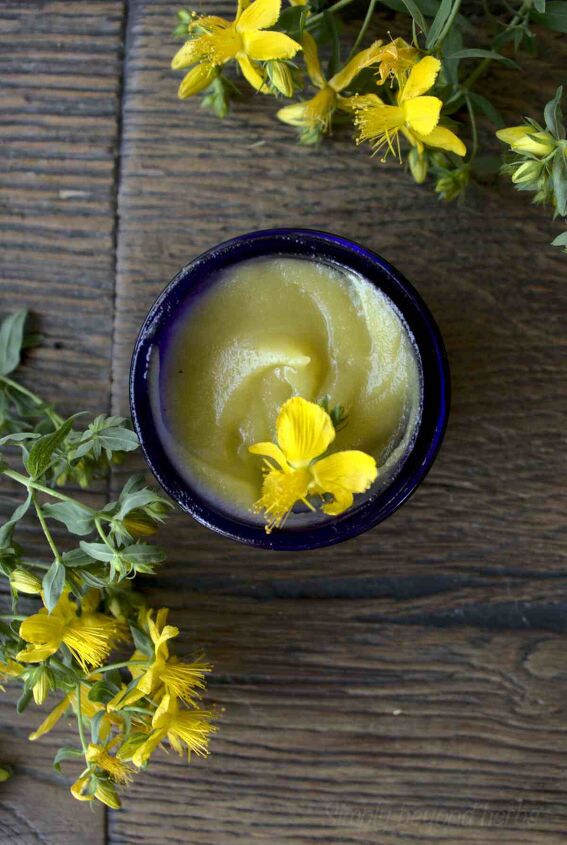







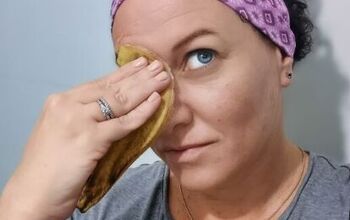
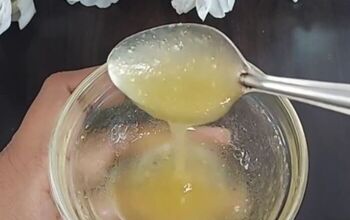
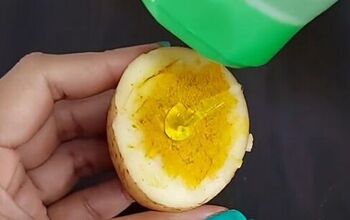

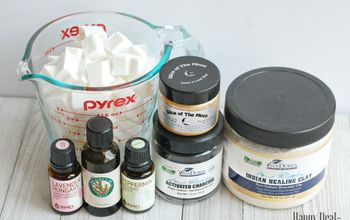

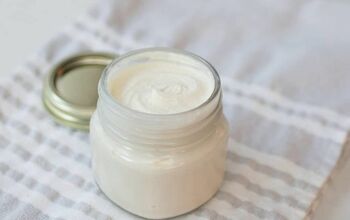
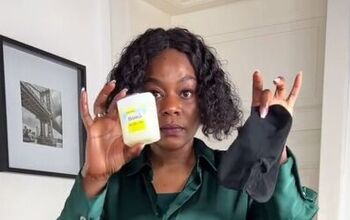
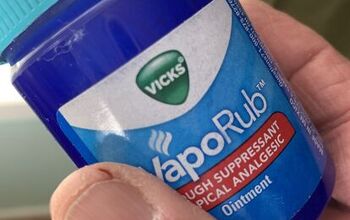




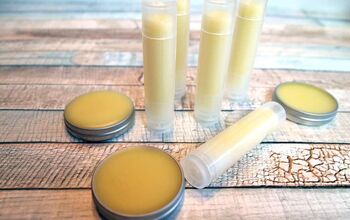



Comments
Join the conversation